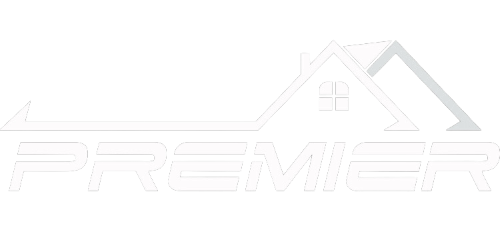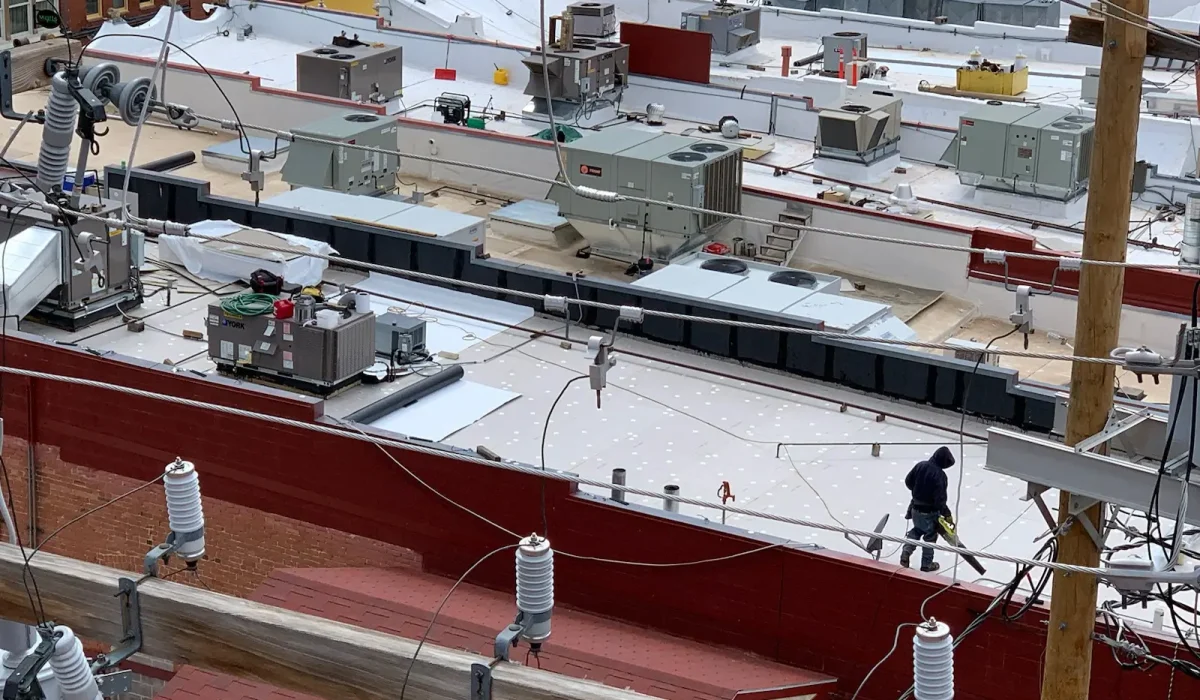Colorado’s diverse climate exerts a significant impact on both residential and commercial roofs throughout the state. With its high elevation and varied terrain, Colorado experiences a range of weather conditions, from intense sunlight to heavy snowfall and hailstorms. These weather patterns pose unique challenges for roofs, influencing their design, durability, and maintenance requirements.
In the Front Range region, including cities like Denver, Boulder, and Colorado Springs, the climate is characterized by relatively mild winters and hot summers, accompanied by frequent temperature fluctuations. This fluctuation can lead to thermal expansion and contraction of roofing materials, potentially causing premature aging and degradation. Homeowners and businesses in this area often opt for roofing materials with high thermal stability, such as asphalt shingles or metal roofing, to withstand these temperature variations effectively.
In the mountainous regions of Colorado, such as Aspen, Vail, and Breckenridge, the climate is more severe, with heavy snowfall and prolonged exposure to freezing temperatures. Snow accumulation on roofs can lead to excessive weight loads, posing a risk of structural damage if not properly addressed. Additionally, the freeze-thaw cycle common in these areas can cause water to penetrate roofing materials, leading to leaks and water damage. As a result, roofs in mountain communities often require specialized snow management systems, such as snow guards or heated roof cables, to mitigate these risks.
Hailstorms are a prevalent concern across Colorado, particularly during the spring and summer months. Hailstones of varying sizes can cause significant damage to roofs, including dents, cracks, and punctures in roofing materials. This can compromise the integrity of the roof and increase the risk of water infiltration, ultimately leading to costly repairs or replacements. In response, many homeowners and businesses invest in impact-resistant roofing materials, such as asphalt shingles with Class 4 hail ratings or metal roofing systems, to better withstand hail damage.
The intense sunlight at high altitudes in Colorado also poses challenges for roofs, accelerating the deterioration of certain roofing materials over time. Ultraviolet (UV) radiation can cause fading, warping, and degradation of roofing materials, particularly those made of organic compounds such as wood or asphalt. To combat UV damage, homeowners and businesses often choose roofing materials with UV-resistant coatings or opt for lighter-colored roofs that reflect sunlight more effectively.
In recent years, the growing awareness of climate change and its potential impacts on extreme weather events has led to increased interest in resilient roofing solutions across Colorado. Builders, homeowners, and businesses are exploring innovative roofing materials and technologies that offer enhanced durability, energy efficiency, and sustainability. This includes options such as cool roofs, green roofs, and solar roofing systems, which not only provide protection from the elements but also contribute to mitigating climate change by reducing energy consumption and carbon emissions.
Overall, the diverse climate of Colorado presents both challenges and opportunities for residential and commercial roofs. By selecting appropriate roofing materials, implementing proactive maintenance practices, and investing in resilient roofing solutions, property owners can effectively protect their structures and enhance the long-term durability and performance of their roofs in the face of Colorado’s dynamic weather conditions.


